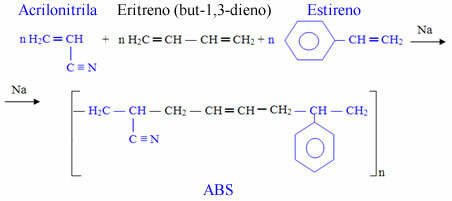In cases of diabetes mellitus or prolonged fasting, our body looks for other ways to compensate for the unavailability of glucose as an energy source - since, in the case of diabetes, the absence of insulin prevents the use of available glucose and, in the case of prolonged fasting, the glucose itself is absent or low concentrations.
Glucose is the primary source of energy for our cells, especially those in our brain and muscles. However, in the case of diabetes and prolonged fasting, the body identifies the lack of supplies and looks for other ways to obtain energy. Thus, to obtain glucose, it uses oxaloacetate molecules to enter the neoglycogenesis pathway in order to make it available.
There is also the breakdown of fatty acids to obtain energy. In this process, there is the release of acetyl coenzyme A. As the latter can only enter the Krebs Cycle by joining oxaloacetate, it is degraded to ketone bodies: acetoacetate, beta-hydroxybutyrate and acetone. These components can supply the lack of energy sources in cases of glucose shortage, prioritizing them for the brain and blood. However, in the absence of glucose, ketone bodies can also supply the energy deficit of cells nerve and blood (75% of the brain's energy needs are met by acetoacetate, in these cases).
The liver is the main organ that produces these substances. These go from your mitochondria to your blood, which transports them. Excessive production of these compounds is called ketosis, which can cause blood acidity – ketoacidosis – in the long term. Acetone, which is hardly oxidized and volatile, is eliminated in the urine (ketonuria) and expelled through the mouth, giving a characteristic odor, very similar to that of aged fruits, called breath ketone.
By Mariana Araguaia
Graduated in Biology
Source: Brazil School - https://brasilescola.uol.com.br/biologia/o-que-halito-cetonico.htm



